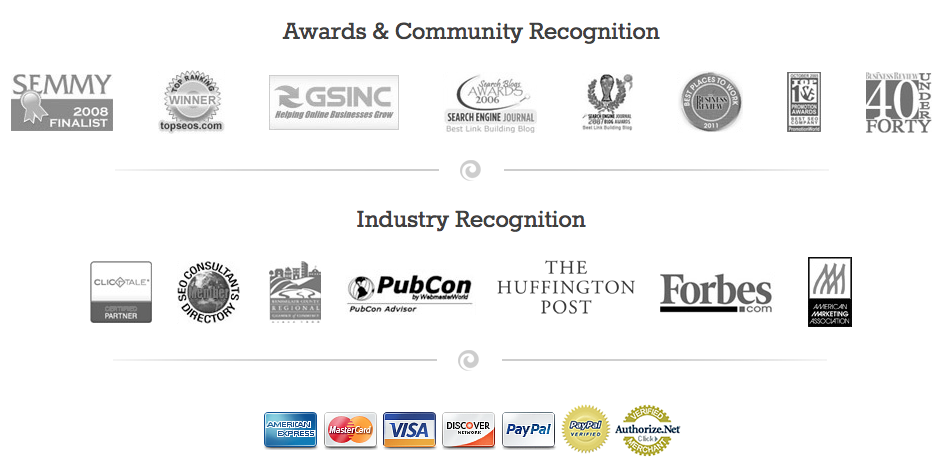In the past, accumulated and valuable linkage data often drove “older” pages to the top of search engine rankings. The same pages appeared over and over, even if their content was dated or outmoded. However, in an effort to drive users to newer sites with more up-to-date content, Google instituted new algorithms in 2009 that rated sites not only on content but also on that quality known as “freshness.” The QDF, or Query Deserves Freshness, algorithm is one such example. In late 2011, Google significantly increased the use of freshness as a factor in raking web page so that users would find their search results more relevant and closer in line with contemporary needs.
Google states that approximately 35 percent of searches are affected by substantial content changes to websites, and that six to 10 percent of user search query results have changed significantly in response. The change implies that developing fresh content is extremely relevant for SERPs.
The road to freshness ratings has not been without pitfalls. Until recently, there were no reliable methods to distinguish how often pages were updated. While attributes such as “last-modified-since” have been available for some time, they did not necessarily indicate significantly new content. A single word update could trigger the LMS attribute.
Now, Google has developed better ways to evaluate the updated content of a website. A chain reaction takes place that begins with the user, and involves not only the web page but the user’s initial search query, as well.
- First, visitors enter a search phrase. Google searches for pages containing that phrase or a version of it.
- Google evaluates the query itself as deserving of fresh content.
- If the query passes this test, Google looks at the relative age of links and other information on the web page to determine if the page has new and relevant content.
- Google also ranks the relevancy of the data compared to other information in similar web sites or over the web at large and assigns a “freshness score” to the page accordingly.
- If freshness attributes exist in the web page, Google can then rank the page using these factors as part of the ranking score.
However, date is not the only thing that determines freshness of content. An example of this might be made with the television show “The Tudors.” Henry VIII might return search queries related to Jonathan Rhys-Meyers, the actor who played Henry, while the show was high in the ratings. Once the show has been off the air for some time, links relating to the original king might rise to the top of the search results. Google is fine-tuning its procedure to focus not so much on date but on contemporary relevance.
Freshness scores are not as simple as they may first appear. However, an understanding of how Google ranks the validity and relevance of a web page will help you take steps to keep your web site important in the ultimate scheme for page one rankings on search engines such as Google.
If you are in need of expert help from an experienced SEO service provider please contact Bulletproof Digital to receive a free estimate.

